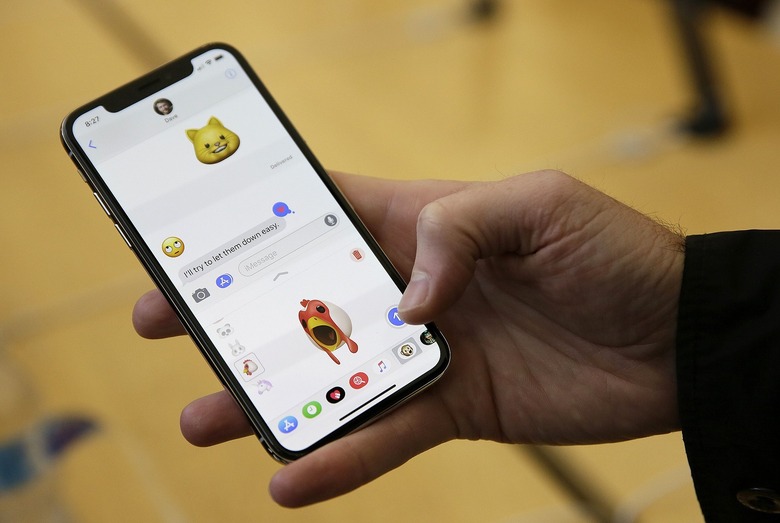Thanks To The iPhone X, Apple Is Beating Samsung In Its Own Backyard
While Apple has successfully beaten Samsung in the worldwide flagship smartphone market for years, there's always been one country that was impossible to crack: South Korea. Samsung is such a big part of the country — the company's revenues make up about 17% of South Korea's total GDP — that it's always been difficult to imagine Apple making real headway into Samsung's fortress.
But according to data from market research firm Strategy Analytics, that's exactly what's happened. In Q4 2017 last year, the quarter in which the iPhone X went on sale, Apple's market share was up 3.3% to 28.3%, while Samsung was down a staggering 9% to record less than half the South Korean market, just 46.0%.
Samsung's fall and Apple's rise isn't solely due to the iPhone X, of course. Apple opened its first store in South Korea last month, which will have made its presence more sharply felt than before, according to Business Korea:
In 2017, Samsung Electronics accounted for 56.2 percent of the Korean smartphone market, followed by Apple with 17.7 percent and LG Electronics with 17.4 percent. In 2016, Samsung Electronics recorded a 55.0-percent market share, Apple, a 15.6-percent market share and LG Electronics, a 17.0-percent market share. "Apple Store, which opened in Korea last month for the first time, is expected to have Apple's presence felt more strongly in the Korean market," SA said. "We predict that LG Electronics will have an uphill battle, unless the company comes up with something innovative this year."
The report also suggests that discounted iPhone 6 and iPhone 6S models could have something to do with the turnaround:
Wireless telecom carriers significantly lowered prices of older iPhone models such as the iPhone 6 and the iPhone 6S with an eye toward clearing inventories, the older iPhone models that became "mid- to low-priced phones" and therefore, their sales ballooned.
A few percentage points changing in Apple's favor in a relatively small market isn't going to affect Apple's immediate financial outlook one way or another. But the data is interesting because it speaks to Apple's growing success in non-traditional markets, and it highlights how Samsung's brand power is slipping. Not only did Apple surge in Q4 2017, but so did LG, despite not launching any significant new phones.
Those are all worrying signs for Samsung, which faces resurgent challenges from Google's new Pixel phone division, as well as the ever-present threat of Apple. Let's just hope the Galaxy S9 is everything that Samsung hopes it can be.
